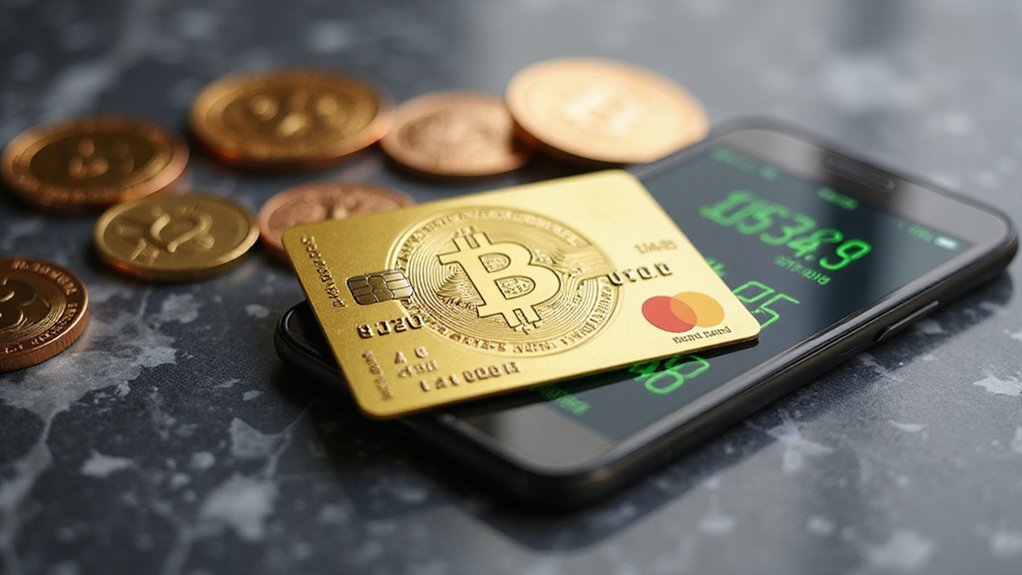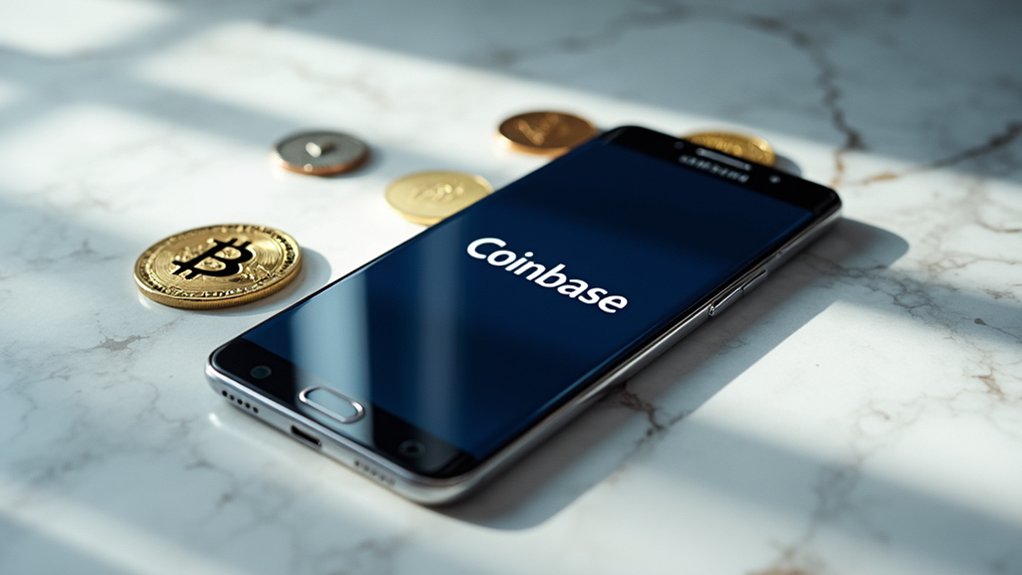While traditional credit card rewards have long relied on the pedestrian allure of cashback percentages and airline miles—those steadfast pillars of consumer loyalty programs—crypto credit cards have emerged to offer something decidedly more volatile: cryptocurrency rewards that can either appreciate magnificently or crater spectacularly between the moment of purchase and the cardholder’s morning coffee.
The mechanics remain invigoratingly familiar: spend money, earn rewards at rates spanning 1% to 5%, much like conventional cashback cards. The twist lies in receiving Bitcoin, Ethereum, or other digital assets instead of prosaic cash deposits. Popular offerings include the Gemini Credit Card (delivering up to 3% back on dining with no annual fee), the Venmo Credit Card (featuring optional automatic cashback-to-crypto conversion), and the Nexo Credit Card (allowing crypto collateralization for those brave enough to borrow against their digital holdings). Gemini’s card additionally provides immediate reward availability across 50+ different cryptocurrencies for enhanced flexibility.
Consumer response has proven surprisingly robust. BlockFi’s Bitcoin rewards card boasts over 50,000 users across 49 states, with cardholders averaging annual spending exceeding $30,000—nearly six times the national credit card average. California accounts for 20% of total spending, followed by Washington D.C., Texas, and Florida, suggesting either geographic wealth concentration or regional crypto enthusiasm (possibly both).
BlockFi’s 50,000 cardholders spend six times the national average, with California leading adoption through either wealth concentration or crypto enthusiasm.
The appeal transcends mere novelty. Crypto rewards offer potential appreciation beyond fixed cashback percentages, diversifying reward portfolios for consumers convinced that Bitcoin’s trajectory remains upward-bound. However, this optimism carries corresponding risks: market volatility can evaporate reward value faster than a poorly-timed altcoin investment, while spending caps and regulatory uncertainty add complexity layers absent from traditional programs. Unlike traditional rewards programs, crypto rewards eliminate trading fees by allowing users to accumulate digital assets seamlessly through everyday purchases.
Financial institutions leverage these cards strategically, targeting younger, tech-savvy demographics through differentiated loyalty programs that extend beyond conventional points systems. The integration with regulated U.S. exchanges facilitates seamless crypto holding and conversion, addressing previous friction points in cryptocurrency adoption.
Yet challenges persist. Consumer education remains inadequate for ideal utilization, while regulatory ambiguity affects both availability and confidence. Some cards impose higher fees or mandate crypto wallet accounts, complicating usage compared to straightforward cashback alternatives. Even currencies that began as jokes, like Dogecoin with its iconic Doge meme, have evolved into legitimate digital currencies that now appear as reward options on various crypto credit card platforms.
The fundamental question endures: whether crypto rewards represent genuine financial innovation or merely elaborate marketing dressed in blockchain terminology.









